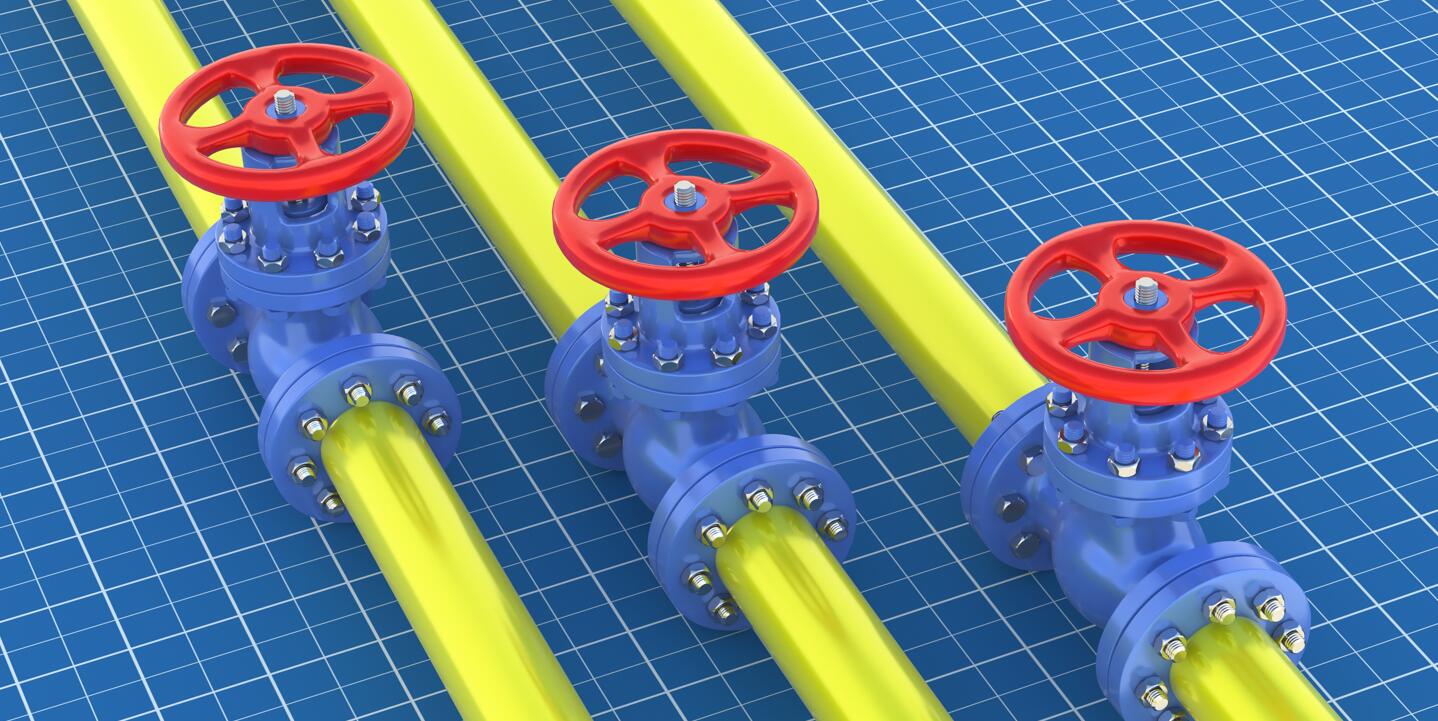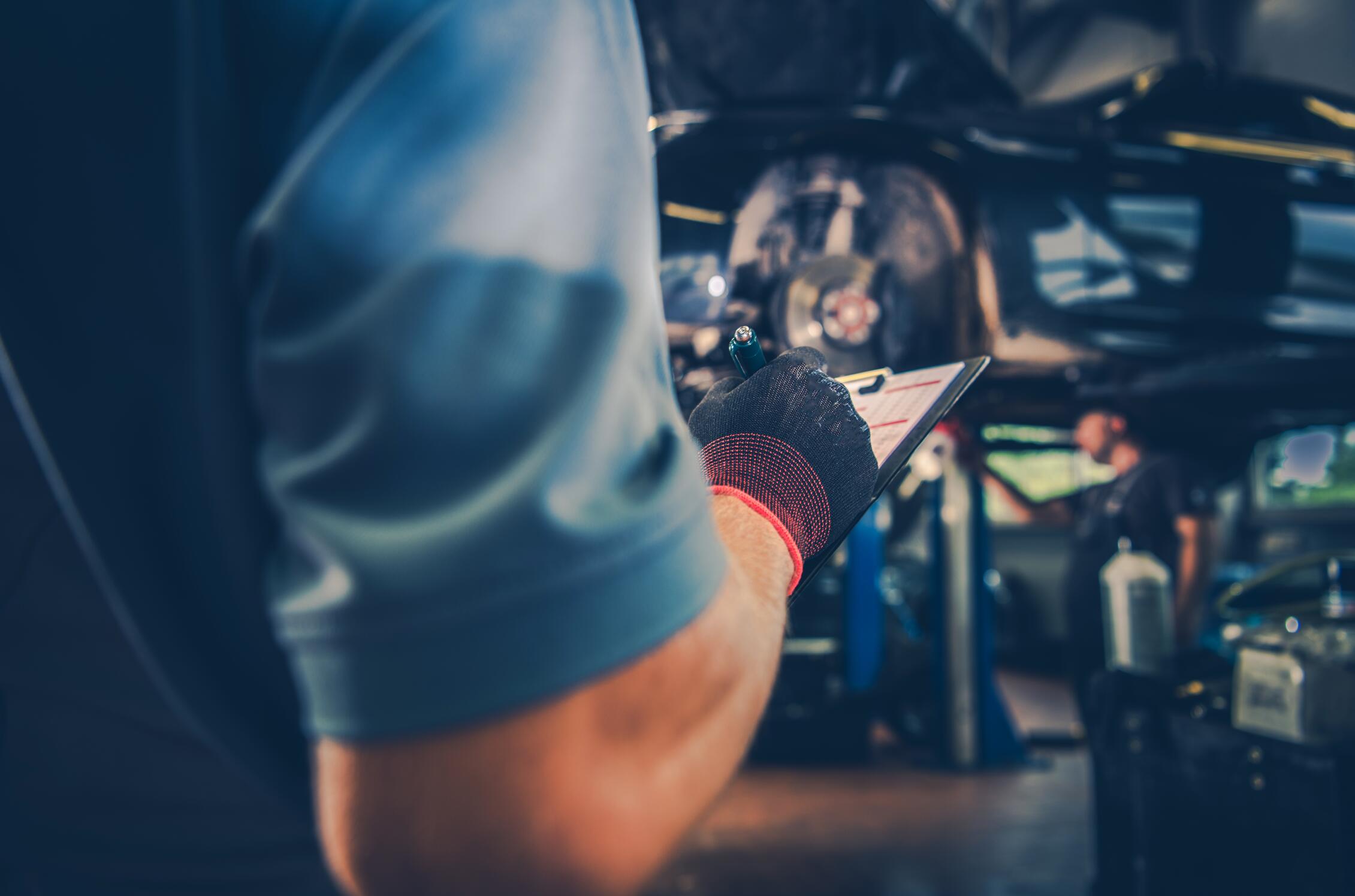The valves produced by F2PGAS are divided into three types, which are F2P valves suitable for harsh conditions and continuous high temperature applications and diaphragm valves suitable for online environmental analysis.
The F2P valve is composed of three parts: stator, rotor and driving device. The diaphragm valve consists of a stator and a diaphragm. When selecting, the following four conditions should usually be considered:
- Generally, the joint tightens the pipeline directly to the stator port, so when selecting a valve, you must first determine the joint size.
- The hole diameter should match the inner diameter of the pipeline as much as possible to reduce the formation of turbulence.
- The sample will contact the inner surface of the stator, so the choice of material is particularly important. The stator of some valves is also available in Hastelloy, titanium and other materials. Please see the product details for details.
- The rotor is made of polymers and metals with good inertness, and only the polymer part will come into contact with the fluid. The material of the rotor will largely determine the temperature resistance level of the valve. In order to ensure the service life of the valve, please select the rotor material corresponding to the temperature range according to your temperature conditions. The wrong temperature range may significantly shorten the rotor life. Through the above four points, you can basically determine the specifications of the valve. During the selection process, you will get the pressure and temperature resistance specifications of the valve. If the temperature and pressure resistance cannot meet your experimental needs, you can re-select the previous ones. Four conditions to try or contact us to get relevant information about F2P custom valves.
Diaphragm Valve
Diaphragm Valve is a common type of industrial valve, and its unique design makes it very useful in various applications. The following is a brief introduction to diaphragm valves:
Structure and working principle:
The main components of a diaphragm valve include the valve body, valve cover, valve stem, valve seat, and elastic diaphragm (or diaphragm). The synergistic effect of these components enables the diaphragm valve to control the flow of fluid.
The working principle is as follows:
1、Fluid control: Fluid enters from one side of the valve body, and under the action of the valve cover and elastic diaphragm, the elastic diaphragm will be lifted or pressed down, thereby changing the opening degree of the fluid channel and achieving fluid control and regulation.
2、Isolation: The diaphragm of a diaphragm valve completely isolates the contact between the fluid and the valve stem and seat, making it suitable for handling corrosive, toxic, viscous, or high purity media. This isolation also makes the diaphragm valve very reliable in preventing leakage.
Main advantages:
1、Good sealing performance: Due to the complete isolation between the diaphragm and the valve seat, the diaphragm valve has excellent sealing performance and can effectively prevent leakage.
2、Corrosion resistance: Diaphragm valves are usually made of corrosion-resistant materials, making them suitable for handling corrosive media.
Simple maintenance: The structure of the diaphragm valve is relatively simple, making it easy to maintain and clean.
3、Reliability: Due to isolation performance and simple working principle, diaphragm valves are very reliable in some special applications.
4、Application field:
Diaphragm valves are widely used in the following fields:
1、Chemical industry: used to treat corrosive chemicals such as acids, alkalis, etc.
2、Biopharmaceuticals: Suitable for the pharmaceutical industry as they ensure high-purity drug production.
3、Sewage treatment: used to control the fluids and gases in the sewage treatment process.
4、Food and beverage industry: used for processing food, beverages, and other liquid foods.
5、Water treatment: In water treatment equipment, diaphragm valves are used to control water flow, gases, and chemical additives.
Rotary Valve
Rotary Valve is a mechanical device used to control the flow of powdered or granular materials, commonly used in fly ash processing, chemical engineering, food processing, plastic processing, and other industrial fields. The following is a brief introduction to the rotor valve:
Structure and working principle:
The rotor valve usually consists of the following main components:
1、Valve casing: The outer shell of a valve, usually cylindrical, with an internal cavity for accommodating the rotor.
2、Rotor: The key component of a valve, usually a rotating cylindrical component with multiple partitions or blades. The rotational motion of the rotor is used to transport materials from one inlet to one or more outlets. The design of the rotor depends on the properties and particle size of the material being processed.
3、Drive Mechanism: Usually an electric motor or pneumatic device used to drive the rotation of the rotor. This allows the material to be evenly distributed to different outlets.
4、Inlets and Outlets: Rotary valves typically have one or more inlet and outlet ports for materials, which are used for material entry and exit. The material enters the rotor cavity through the inlet and is then distributed by the rotor to different outlets.
Main functions and advantages:
1、Accurate material distribution: The rotor valve can evenly and accurately distribute materials, suitable for applications that require control of material flow and speed.
2、Sealing performance: Rotary valves usually have good sealing performance, which can prevent material leakage or contamination during transportation.
3、Suitable for various materials: The rotor valve can handle various powder or granular materials, including powder, particles, granular materials, granular food, etc.
4、Durable: Rotor valves are usually made of sturdy materials to withstand material wear and corrosion.
5、Reliability: Due to its simple mechanical design, rotor valves typically have high reliability and can maintain performance over long periods of use.
Application field:
Rotary valves are widely used in various industrial applications, including but not limited to the following fields:
1、Fly ash treatment: used for conveying and distributing fly ash in coal-fired power plants.
2、Chemical industry: In chemical production, it is used to process granular or powdered chemical raw materials and products.
3、Food processing: used for distributing granular food, grains, flour, etc.
4、Plastic processing: In plastic production, it is used to disperse, transport, and distribute particles or powdered plastic particles.
5、Pharmaceutical industry: used for processing pharmaceutical raw materials and granular drugs.
Comparison between diaphragm valve and rotor valve
The following is a table comparing the working principles, main advantages, performance parameters, application fields, and precautions of diaphragm valves and rotor valves:
| characteristic | Diaphragm Valve | Rotary Valve |
| Working principle | Use flexible diaphragms to control fluid flow, bend or deform the diaphragm to open and close the valve | The material is transported from one inlet to one or more outlets through a rotating rotor. |
| Main advantages | 1. Excellent sealing performance, preventing leakage and pollution.
2. Suitable for corrosive, toxic, or high-purity media. 3. High reliability and low maintenance cost. 4. Widely used in fields such as pharmaceuticals, food, chemicals, semiconductors, etc. |
1. Suitable for the distribution and transportation of granular or powdered materials.
2. Accurate material allocation and flow control. 3. Strong wear resistance and long service life. 4. Applied in fields such as fly ash treatment, chemical engineering, and food processing. |
| Performance parameters | 1. Pressure range: usually low to high pressure.
2. Temperature range: Usually suitable for low to high temperatures. 3. Sealing performance: Excellent sealing performance. 4. Materials: Optional materials to adapt to different media. 5. Operation mode: manual, electric or pneumatic operation. 6. Flow range: Usually small. |
1. Pressure range: usually medium to high pressure.
2. Temperature range: Usually suitable for medium to high temperatures. 3. Sealing performance: Usually poor and not suitable for highly corrosive media. 4. Material: Usually sturdy metal or special alloy is used. 5. Operation method: usually electric or pneumatic operation. 6. Flow range: Usually large. |
| Application field | 1. Chemical industry, handling corrosive media.
2. The pharmaceutical industry requires high purity. 3. Food and beverage industries to prevent pollution. 4. Sewage treatment, controlling liquid flow. 5. Semiconductor manufacturing requires high-purity media. |
1. Fly ash treatment, distribution, and transportation.
2. Chemical industry, processing granular or powdered raw materials. 3. Food processing, controlling the flow of granular or powdered food. 4. Plastic processing, conveying granular or powdered plastic. 5. Pharmaceutical industry, powder and particle material control. |
| Precautions | 1. Select materials to adapt to the corrosiveness of the medium.
2. Pay attention to the wear and aging of the diaphragm and maintain it regularly. 3. Valve operation should not be too frequent to prevent fatigue damage to the diaphragm. |
1. Ensure proper cleaning and maintenance to prevent material accumulation and blockage.
2. Regularly check the wear of the rotor and replace it as needed. 3. Consider the particle size and viscosity of the material to select a suitable rotor design. |
This table summarizes the different characteristics of diaphragm valves and rotor valves in terms of working principle, main advantages, performance parameters, application fields, and precautions. The selection of an appropriate valve depends on the specific application requirements and the nature of the medium.
Conclusion
In addition, if you can only determine the requirements for temperature resistance and pressure resistance, but cannot determine other specifications, you can also circle the values that meet your requirements in the map on the attached page, and then deduce the above four condition. Please see the appendix for the selection mind map. If you encounter any questions during selection, please feel free to contact us and we will try our best to help you.





